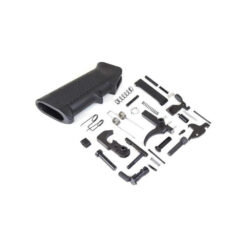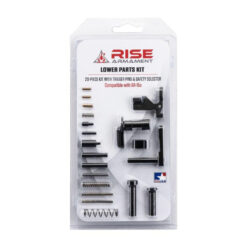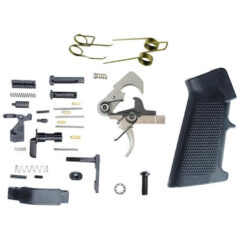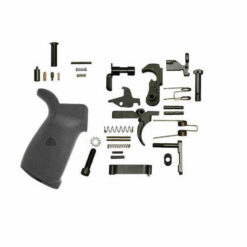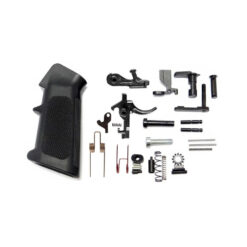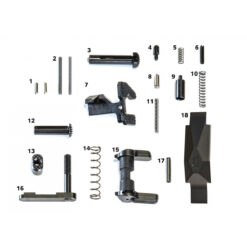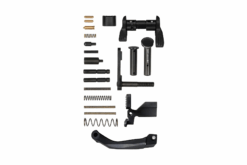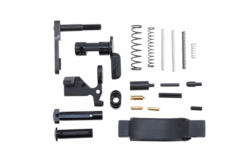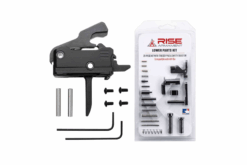Save 36%
MSRP: $69.95
$44.95
Save 8%
MSRP: $23.95
$21.95
Save 31%
MSRP: $77.95
$53.95
Save 32%
MSRP: $59.00
$39.95
Save 10%
MSRP: $124.95
$112.95
MSRP: $44.99
$44.99
Save 9%
MSRP: $84.95
$76.95
Save 19%
MSRP: $128.95
$104.95
MSRP: $145.00 – $150.00
Price range: $145.00 through $150.00
Save 16%
MSRP: $178.99
$149.99
MSRP: $129.95
$129.95
New
Save 7%
MSRP: $139.99
$129.99
Save 20%
MSRP: $49.99
$39.95
Save 16%
MSRP: $178.99
$149.99




